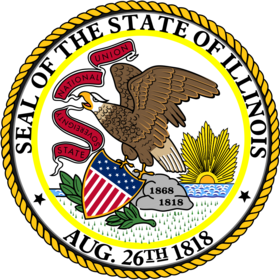Grade 4 - PARCC Examples of Opportunities & Connections
PARCC Examples of Opportunities & Connections
Connections among Standards, Clusters or Domains
The work that students do with units of measure (4.MD.1–2) and with multiplication of a fraction by a whole number (4.NF.4) can be connected to the idea of “times as much” in multiplication (4.OA.1).
Addition of fractions (4.NF.3) and concepts of angle measure (4.MD.5a and 4.MD.7) are connected in that a one-degree measure is a fraction of an entire rotation and that adding angle measures together is adding fractions with a denominator of 360.
Opportunities for In-Depth Focus
4.NBT.5 When students work toward meeting this standard, they combine prior understanding of multiplication with deepening understanding of the base-ten system of units to express the product of two multidigit numbers as another multidigit number. This work will continue in grade 5 and culminate in fluency with the standard algorithms in grade 6.
4.NBT.6 When students work toward meeting this standard, they combine prior understanding of multiplication and division with deepening understanding of the base-ten system of units to find whole-number quotients and remainders with up to four-digit dividends and onedigit divisors. This work will develop further in grade 5 and culminate in fluency with the standard algorithms in grade 6.
4.NF.1 Extending fraction equivalence to the general case is necessary to extend arithmetic from whole numbers to fractions and decimals.
4.NF.3 This standard represents an important step in the multigrade progression for addition and subtraction of fractions. Students extend their prior understanding of addition and subtraction to add and subtract fractions with like denominators by thinking of adding or subtracting so many unit fractions.
4.NF.4 This standard represents an important step in the multigrade progression for multiplication and division of fractions. Students extend their developing understanding of multiplication to multiply a fraction by a whole number.
Connecting Mathematical Content and Mathematical Practices
When students decompose numbers into sums of multiples of base-ten units to multiply them (4.NBT.5), they are seeing and making use of structure (MP.7). As they illustrate and explain the calculation by using physical or drawn models, they are modeling (MP.4), using appropriate drawn tools strategically (MP.5) and attending to precision (MP.6) as they use base-ten units in the appropriate places.
To compute and interpret remainders in word problems (4.OA.3), students must reason abstractly and quantitatively (MP.2), make sense of problems (MP.1), and look for and express regularity in repeated reasoning (MP.8) as they search for the structure (MP.7) in problems with similar interpretations of remainders.
Examples of Linking Supporting Clusters to the Major Work of the Grade
Gain familiarity with factors and multiples: Work in this cluster supports students’ work with multidigit arithmetic as well as their work with fraction equivalence.
Represent and interpret data: The standard in this cluster requires students to use a line plot to display measurements in fractions of a unit and to solve problems involving addition and subtraction of fractions, connecting it directly to the Number and Operations — Fractions clusters.
